Charlottenburg, Charlottengrad … I was allowed to take part in a guided tour that focused on Charlottengrad in the 1920s and introduced me to a completely unknown “scene” in Berlin.
A journey back in time to the Weimar era
Let’s travel back to the Berlin of the Weimar Republic in the 1920s. Life in Western Europe at that time was not particularly easy. Germany had lost the war and was suffering from war debts and revolutionary unrest. But inflation also made life cheaper in Germany than in many other countries.
A cruel civil war raged in Russia after a revolution in 1917. Those who could afford it financially or were opponents of the Bolsheviks tried to escape the civil war and fled. So many people from Russia also came to Berlin; today it is said that about 360000 people came. They belonged to very different political, social, religious, ethnic and cultural groups and most of them hoped for a quick return to their homeland.

In Berlin, many of the refugees moved to the Charlottenburg district. For a while there were numerous Russian restaurants, cinemas, theatres, bookshops, shops and publishing houses in the district, so that the name “Charlottengrad” became naturalised.
“Russian Berlin – Charlottengrad in the 1920s. Artists and literati, exiles and secret service agents”.
The tour by art:berlin (cpb culturepartner berlin GmbH) was led by Bernd Gutbertlet, a historian who knows how not to make history seem dry and boring, but to tell it in an exciting and interesting way.
The tour starts at the Russian Orthodox Church on Hohenzollerndamm. The Cathedral of the Resurrection of Christ was built much later, in 1936-38, but is a good place to start the tour of Russian Berlin.

From there we took the underground to Spichernstraße, from there we criss-crossed the streets of Wilmersdorf and Charlottenburg. You learn a lot of interesting things along the way.
Did you know that
- at times there were up to 200 Russian publishing houses, bookshops and newspapers in Berlin? Many Russian books were written by their authors in Berlin, translated and often sold worldwide.
- there were places in Berlin where numerous Russian cafés, restaurants and boarding houses existed?
- aristocratic and rich Russian ladies spent a lot of money shopping in Berlin in the 1920s?
- Russian culture was increasingly taking hold in Charlottengrad. For example, cabarets, theatre and music groups sprang up.
- the bus travelling along the Kudamm was given the name “Russenschaukel” (Russian Swing) by Berliners and on the way to Nollendorfplatz the conductor called out the stop “Russia”.
- the Kurfürstendamm was almost exclusively a residential boulevard at that time. Many Russian families also moved into the flats, some of which were very large (300-600 square metres). It was not until around 1924 that shopping developed on Ku-damm.
- the “Café Größenwahn” (Café of the West) was located near the Kaiser Wilhelm Memorial Church, where many Russians frequented and where Berlin’s literary centre was located?
Russian artists in Charlottengrad
Some Russian artists are the focus of the tour. Ilya Ehrenburg is one of the artists who played an important role in the Russian community in Berlin. The author and journalist published around a hundred books, some of which were also written during his time in Berlin. He also published articles in the Russian-language Berlin magazine Neues Russisches Buch (New Russian Book) and was the first port of call for many newcomers to the city with questions about life in the city.
Another artist is Marina Tsvetaeva, one of the most important Russian poets of the 20th century. She came to Berlin in 1922, but did not stay in the city for very long. When she arrived in the city, she was already well-known in the Russian community. Ehrenburg had forwarded some of her works to publishers and they were already published when she arrived in the city. She published the poetry collections Separation (разлука), Poems to Blok (Стихи к Блоку) and The Tsar’s Girl in Charlottengrad.

I also learned a lot about Boris Pasternak, the author of Dr.Zhivago. The Pasternak family came to Berlin in 1921 and was very active in the Russian community. Boris visited his parents in Berlin, but could not get enthusiastic about the city.
The “Club of Russian Poets” was founded in Berlin in 1928. The flat of Raisa Noevna Blokh and her husband Mikhail Gorlin was the meeting place of the Russian artistic scene. Numerous events took place here, which were organised by the couple until February 1933. Afterwards, the Jewish couple emigrated to Paris.

You can learn these and many more interesting stories on the three-hour city tour, which ends at the Gedächtniskirche.
I really enjoyed the tour. I discovered Charlottenburg from a completely different perspective and it whetted my appetite for further discovery tours.
Disclosure: Participation in the tour was free of charge for me. Thank you very much! The report on the tour was written independently of the participation and is based solely on my impressions.
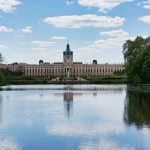







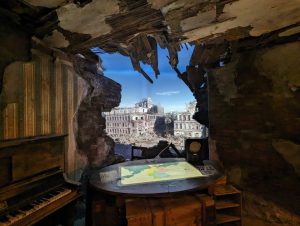






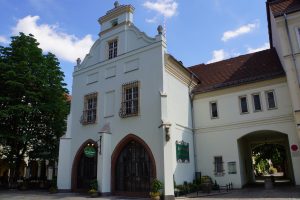

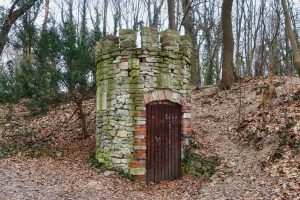
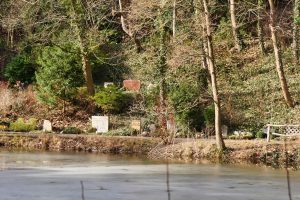
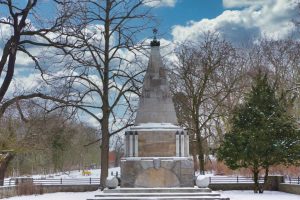





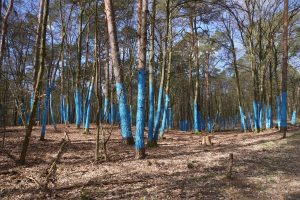




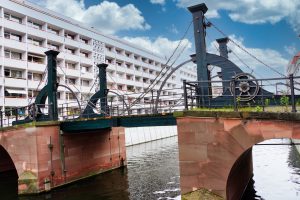
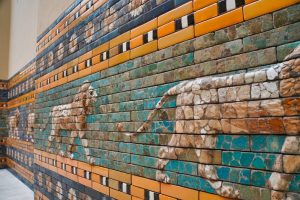



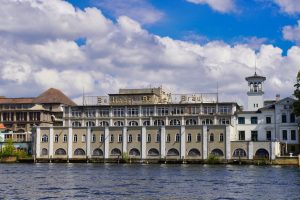









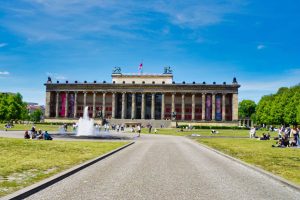





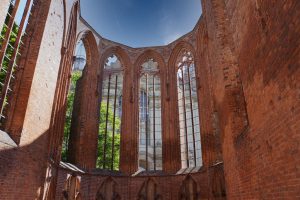



















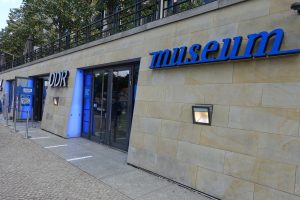




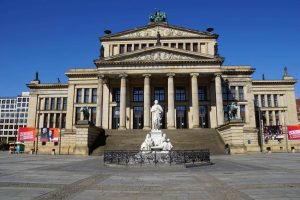







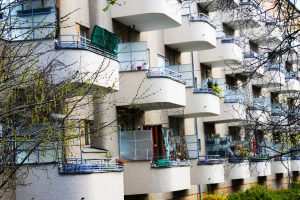










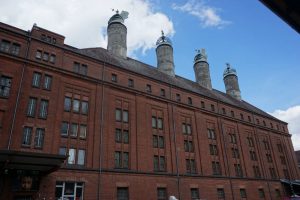





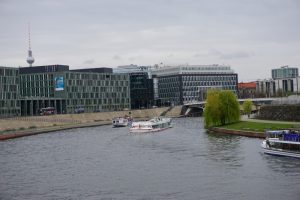
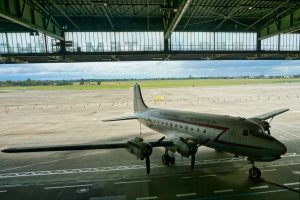








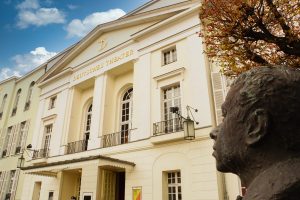


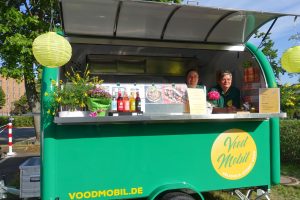















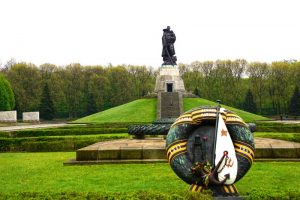














Leave a Reply